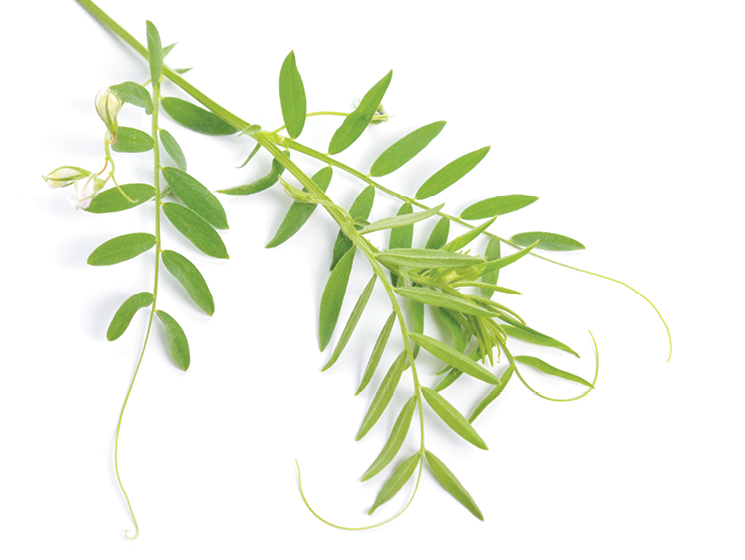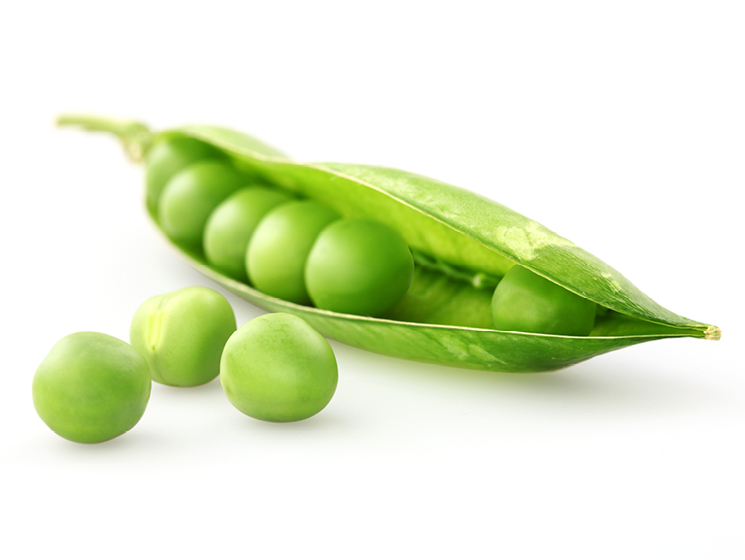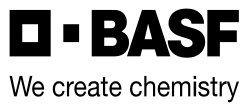Lance
Group 7
A proactive approach to disease control in a range of crops including canola, dry beans, lentils and potatoes.
- Get the best protection from diseases like Sclerotinia, Alternaria, and Ascochyta.
- Works on sprayed areas and moves systemically to protect treated areas as they expand.
Labels & SDS
4 AVAILABLE
Applicable On

Lentils

Field Peas
Labels & SDS
Benefits of Lance
- Lance differs from most other fungicides in both its mode and site of action.
- Lance is a Group 7 fungicide which works by starving the fungi of oxygen.
- It utilizes this effective mode of action against a range of target diseases.
- Even diseases which have developed resistance to other chemical classes of fungicides can be controlled by Lance.
Dual Translocation Improves Coverage
- Lance dual translocation mechanism ensures maximum protection for your crop.
- Once Lance is sprayed on the crop, the active ingredient moves through the leaf tissue to the opposite leaf surface, while some moves with the water stream towards the leaf tip and margins.
- This movement protects parts of the plant that may have escaped direct treatment.
Lance Protects From the Beginning
- Lance works to protect the plant from disease before damage occurs.
- When applied at the beginning of the disease life cycle, spore germination is inhibited.
- Lance also stops fungal growth before it can damage the plant.
Potatoes
- Apply preventatively from tuber initiation through bulking.
Product Info & Application Guide
Disease Management
Crops |
Diseases controlled |
|---|---|
Canola and mustard |
Alternaria black spot (Alternaria brassicae and raphani)1 |
Chickpeas and lentils |
Ascochyta blight (Ascochyta spp.) |
Dry beans2 |
White mold (Sclerotinia sclerotiorum) |
| Field peas | Ascochyta blight (Ascochyta spp.) |
Potatoes |
Early blight (Alternaria solan) |
Succulent beans |
Gray mold (Botrytis cinerea) |
Succulent peas |
Ascochyta blight (Ascochyta spp.) |
Sunflowers |
Leaf spot (Alternaria helianth)1 |
Alfalfa |
Blossom blight (Sclerotinia sclerotiorum and Botrytis cinerea) |
1 Suppression.
2 Except for soybeans.
3 Control with higher rate 227 to 312 g/ac (560 to 770 g/ha).
Application Tips
Rainfastness – 2 hours.
Lance should be applied preventatively, prior to the onset of disease.
Avoid application when heavy rain is forecast.
Apply when conditions are favourable for disease development.
Grazing
Do not graze or feed treated alfalfa to livestock.
Pre-harvest interval
7 days after application for succulent beans and succulent peas.
21 days after application for dry beans, canola, chickpeas, lentils, mustard, field peas and sunflowers.
30 days after application for potatoes.
When to Apply
| Crops | Staging |
|---|---|
| Alfalfa (for seed production) | 20 to 50% flowering |
| Canola, mustard | 20 to 50% flowering4 |
| Chickpeas, lentils | beginning of flowering |
| Dry beans2 | 20 to 50% flowering |
| Field peas | beginning of flowering |
| Potatoes | apply preventatively from tuber initiation through bulking |
| Succulent beans | 20 to 50% flowering |
| Succulent peas | beginning of flowering |
| Sunflowers | early flower |
Note: For most crops, applications can be repeated if conditions are conducive for disease development. See label for details.
4 To control sclerotinia stem rot and suppress alternaria black spot. Apply at late flowering to early green pod to control alternaria black spot.
How Much to Apply
One case of Lance fungicide will treat 18 to 40 acres, depending on crop.
Crop |
Application Rate |
|---|---|
Canola5, mustard5 |
142 g/ac (350 g/ha) |
Chickpeas6, field peas7, lentils6, alfalfa5 |
170 g/ac (420 g/ha) |
Dry beans5 |
227 to 312 g/ac (560 to 770 g/ha) |
Potatoes |
71 to 127 g/ac (175 to 315 g/ha) |
Succulent beans7, succulent peas7 |
170, 230 to 312 g/ac (420, 560 to 770 g/ha) |
Sunflowers6 |
142 to 259 g/ac (350 to 640 g/ha) |
5 Ground, aerial and pivot or sprinkler irrigation.
6 Ground and aerial application only.
7 Ground application only.
Water volume
| Ground application |
40 L/ac (10 gal/ac) |
| Aerial application | 20 L/ac (5 gal/ac |
Mixing Order
- Fill the spray tank 1/2 full of water and start agitation.
- Add the required amount of Lance fungicide to the tank.
- If tank mixing, add the required amount of the tank-mix partner.
- Continue agitation while filling the remainder of the spray tank.
- After use, clean the spray tank according to label precautions.


